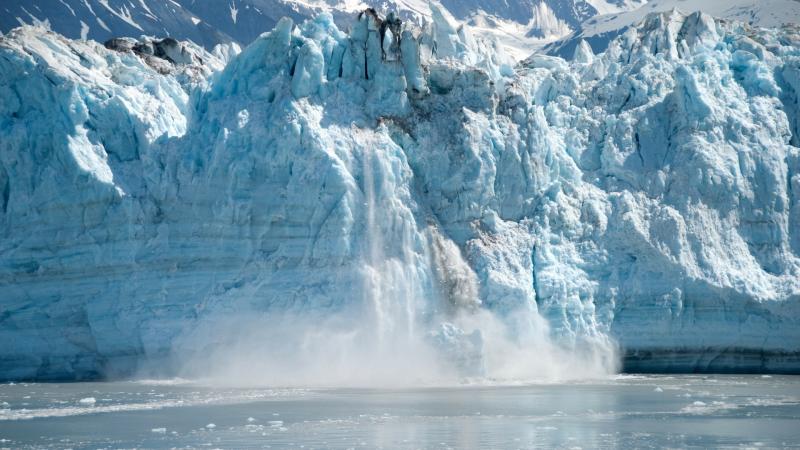
In an effort to standardize measurement of ice thickness -- a key indicator of climate change and global warming -- a collaboration of international researchers have evaluated available models and have analyzed their performance. This study, published in the journal The Cryosphere, aims to increase the efficacy and accuracy of these measurement models.
The world today is faced with the fact that climate change is real, and is here. Various studies on glaciers and hydrology have repeatedly provided evidence on the same by finding that the polar ice caps are melting down and the sea levels are increasing. The knowledge about ice thickness plays a very important role in such studies. Unfortunately, the process of measuring the thickness of ice is difficult because it is not feasible to use drillers or sensors on a large scale for measuring ice thickness. Hence, scientists resort to scaling approaches where they establish relationship between the area and volume of the glacier, by considering factors like glacier length or surface slope, or theoretical estimates.
In a first of its kind study, researchers have performed a coordinated assessment to analyze the relative performance of different measurement models in an experiment called ‘Ice Thickness Models Intercomparison eXperiment (ITMIX)’. Here, the researchers called on fellow researchers who have developed a model for measuring ice thickness, who then provided access to the input data required for ITMIX. “Some of the methods considered in the study are published and are validated over various glaciated regions of the world”, says Mr. Gantayat, a research scholar at the Indian Institute of Science, Bengaluru, and a co-author of the study.
Results obtained from these models were compared with the direct ice thickness measurement. The input data primarily comprised of surface characteristics like surface velocities and mass balance of glaciers, of predefined 21 test cases. The output included the solutions provided by different models in terms of ice thickness measurement. The models adopted for performing this study belonged to different types of scaling approaches or theoretical estimates.
The study found that there were huge variations in the results of different models and even variations among models in the same category. “Such variations are possible as the measured ice thickness was not provided, and some models do depend on such measurements”, reasons Mr. Gantayat. “In addition, some of the test cases included ice caps. In such cases, delineation of different drainage basins -- a place where collection and draining of precipitation into an outlet happens -- also plays an important role”, he adds.
The study also found that such variations in the results significantly improved when results of different models were averaged. It was earlier observed that there was a significant deviation on the order of 10 ± 24 % when models were not averaged. After averaging the models, the results were significantly improved.
But the researchers are not done yet. “This published work is based on only Phase 1 of the ice thickness inter-comparison experiment”, says Mr. Gantayat, talking about the plans for continuing this experiment.





